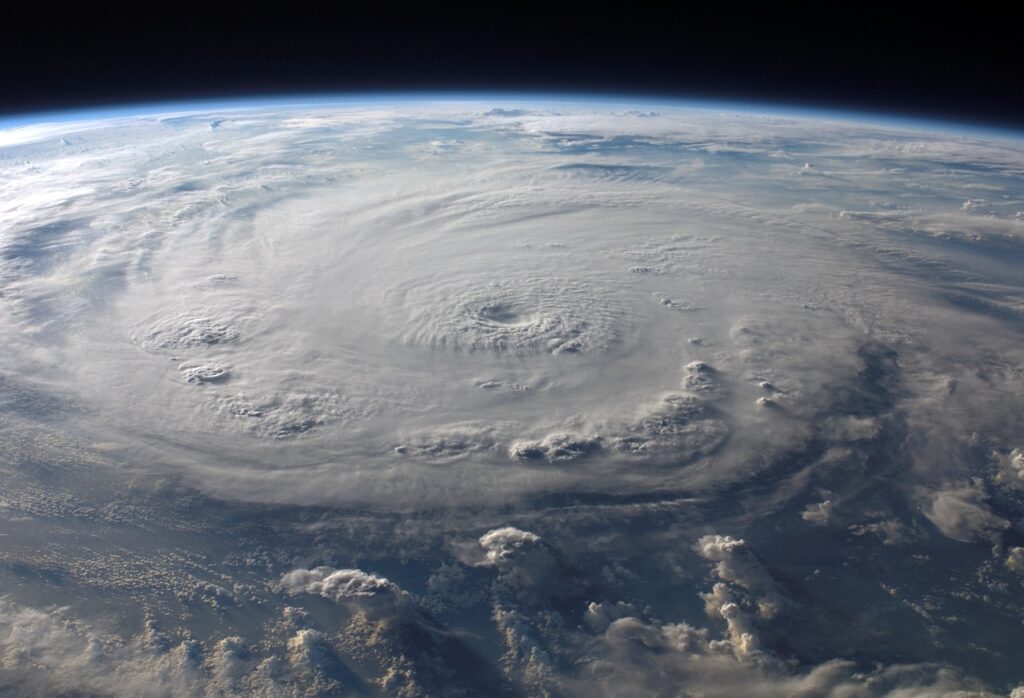A recent study has revealed that New York faces more risks of storm and hurricane disasters than any other city in the U.S. due to climate change. Areas like Lower Manhattan, Coney Island, JFK International Airport, and the Queens Midtown Tunnel are particularly under threat. Climate change is affecting the hurricane season in New York, with an increase in ocean water temperature strengthening hurricanes and expanding their reach, along with increased flooding due to higher sea levels.
Preparing New York for Extreme Rainfall.
The hurricane season in New York, which extends from June 1 to November 30, has been forecasted by the National Weather Service as “above normal” for the seventh consecutive year, with a 65% probability. Considering this outlook, the city’s municipal government has launched the “Rainfall Ready NYC” plan, urging New Yorkers to familiarize themselves with emergency plans in their residential areas and stay vigilant for all alerts, especially if they have been victims of flooding in the past.
The “Rainfall Ready NYC 2023” plan is an action plan to prepare the city’s government and residents to face more extreme rainfall in the future. Launched in July 2022, it focuses on infrastructure and resilience measures to protect New Yorkers from flooding and other climate-related hazards. Emphasis is placed on investing in resilience and preparedness to keep the population safe.
Impact of Climate Change on Natural Disasters on the Insurance Industry.
Climate change is having a significant impact on the frequency and severity of natural disasters. In California, drought has led to an increase in wildfires, causing some insurance companies to stop accepting new policy applications in the state. Furthermore, Hurricane Ida in 2021 caused significant damage in New York and New Jersey, with record-breaking rainfall and devastating winds.
The increase in the frequency and severity of these natural events is posing challenges for the insurance industry, which is facing a surge in home insurance claims. It remains uncertain whether the non-renewal of policies in extreme climate areas will become a trend, but it is something to monitor during this hurricane season.
Considering this forecast, it is crucial for cities and individuals to prepare and take measures to adapt to climate change and reduce the risk of damage caused by natural disasters. Investing in resilient infrastructure and raising public awareness about the importance of preparedness are fundamental steps to protect communities from the increasingly frequent impacts of these extreme events.





